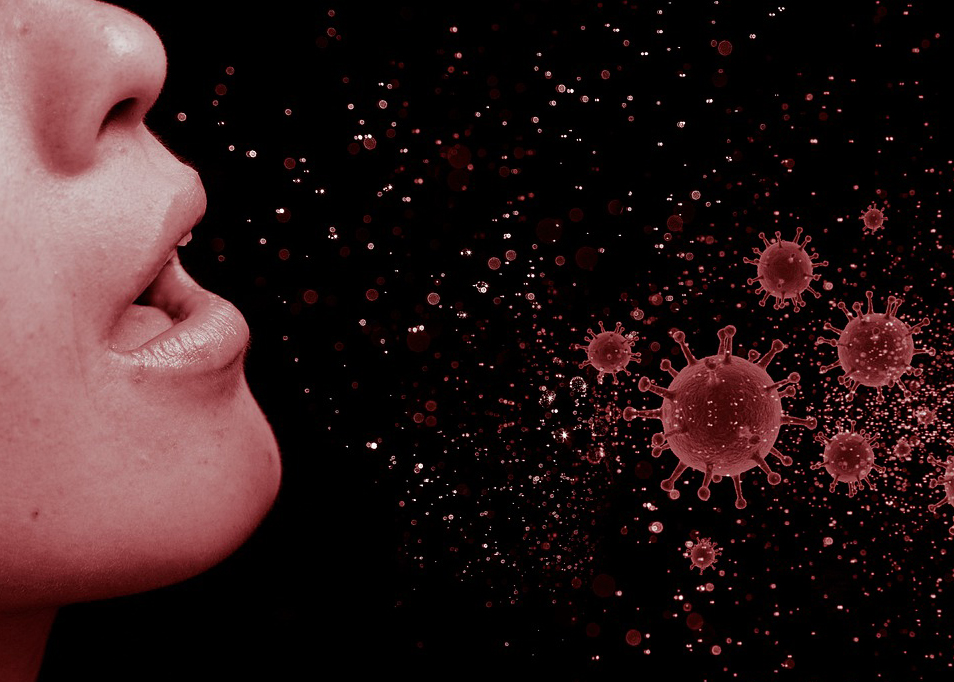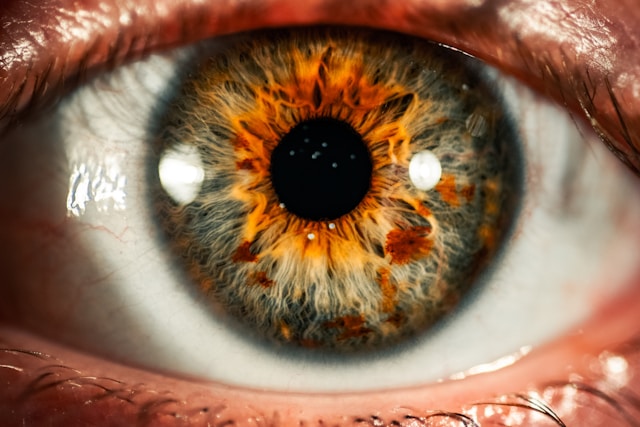The U.S. Food and Drug Administration (FDA) announced Thursday that it has granted emergency use authorization for the first breath test for COVID-19, the InspectIR COVID-19 Breathalyzer, which can detect the volatile organic compounds (VOCs) in the human breath that indicate SARS-CoV-2 infection.
The breath test can give a meaningful result in about three minutes, according to the FDA. The testing process can only be performed by a qualified operator who has gone through special training supervised by a healthcare provider or an authorized party that works with the collection and analysis of specimens, the FDA said in the authorization letter.
“Today’s authorization is yet another example of the rapid innovation occurring with diagnostic tests for COVID-19,” said Jeff Shuren, M.D., J.D., Director of FDA’s Center for Devices and Radiological Health.
Detected positives with 91.2% accuracy
According to a study conducted on 2,409 subjects, the InspectIR managed to detect correctly 91.2% of the positive samples and 99% of the negative samples, the FDA said in a press release.
The FDA also said that the InspectIR will have the capacity to produce around 100 devices per week, and each device can be used to take more than 160 taken tests in one day. Over time, the capacity is expected to increase and reach around 64,000 samples per month.
The InspectIR is a portable chromatography-mass spectrometry test device that can perform a qualitative detection of the five VOCs in the ketone and aldehyde families that are exhaled by individuals infected with COVID-19, the authorization letter explains.
The FDA also said that all the positive results provided using this method of testing should be considered presumptive, and individuals should additionally be tested through a standard molecular test PCR for further confirmation. When it comes to the negative tests, the FDA warned that they should be considered in accordance with the individual’s latest exposure to the virus, adding that a negative test does not automatically rule out an infection.




